Tired of the loud thud of darts ruining your game night? Optimizing **Dartboard Cabinet Acoustics** is the solution! This article dives into how to minimize noise and vibration from your dartboard setup, covering everything from mounting techniques to soundproofing materials to improve your overall playing experience.
⚠️ Still Using Pen & Paper (or a Chalkboard)?! ⚠️
Step into the future! The Dart Counter App handles all the scoring, suggests checkouts, and tracks your stats automatically. It's easier than you think!
Try the Smart Dart Counter App FREE!Ready for an upgrade? Click above!
Understanding the Source of Dartboard Cabinet Noise
Before we can tackle the problem of **dartboard cabinet acoustics**, it’s important to understand where the noise is coming from. There are several key contributors:
- Impact of the Darts: The most obvious source is the impact of the darts hitting the dartboard. This creates a sharp, percussive sound that can be quite loud, especially in smaller rooms.
- Vibration of the Dartboard: The impact also causes the dartboard itself to vibrate. This vibration can then be transmitted to the wall, the dartboard cabinet, and even the floor, amplifying the noise.
- Cabinet Resonance: The dartboard cabinet, if not properly dampened, can act as a resonator, further amplifying the sound. Think of it like a drum – the cabinet walls vibrate in response to the impact, making the noise louder and more prolonged.
- Wall Transmission: Finally, the wall behind the dartboard can transmit the sound to other rooms in the house or even to neighboring properties.
Ignoring these factors can result in a less-than-ideal gaming environment. Properly addressing each source is crucial for achieving optimal **dartboard cabinet acoustics**.
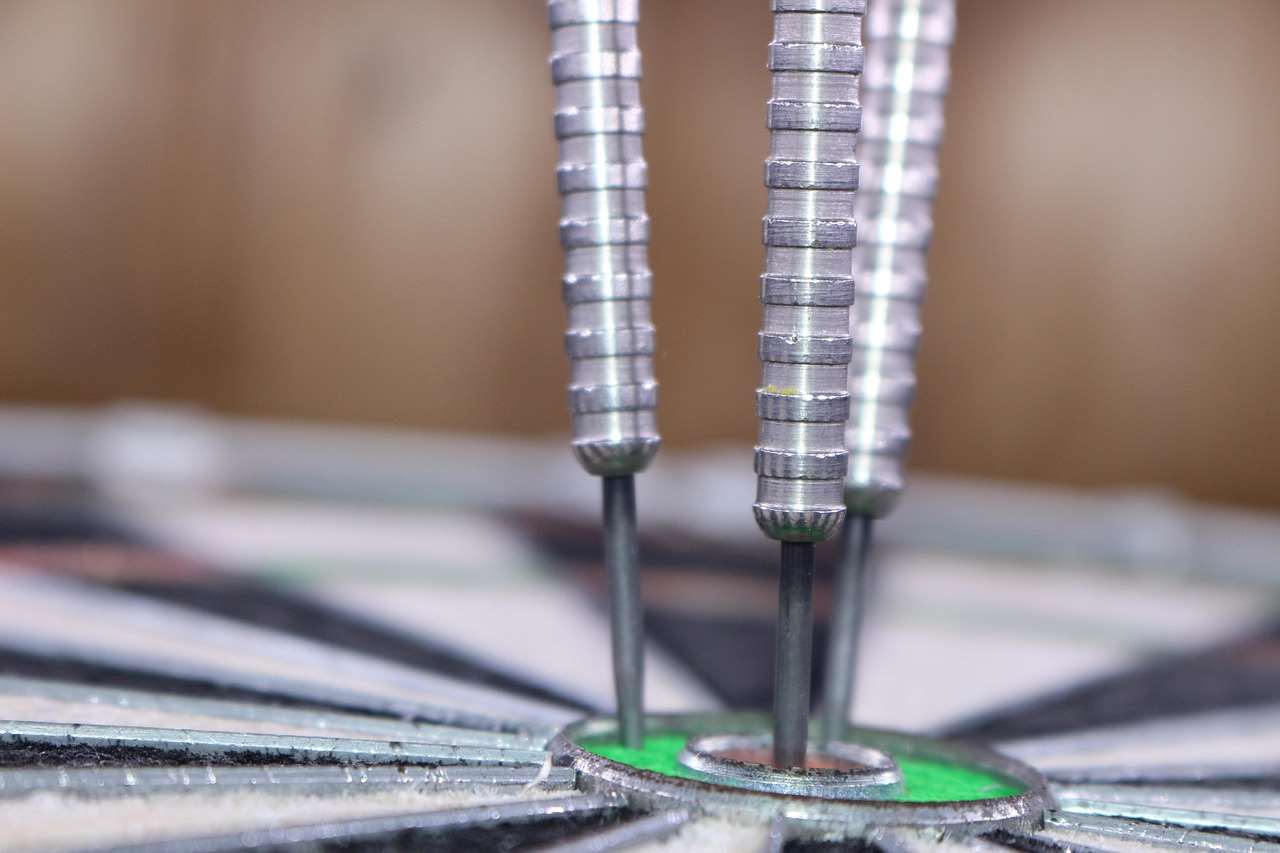
Optimizing Mounting Techniques for Better Dartboard Cabinet Acoustics
How you mount your dartboard cabinet plays a significant role in controlling noise and vibration. Here are a few key strategies:
Using Vibration Dampening Materials
Instead of directly mounting the cabinet flush against the wall, introduce vibration-dampening materials. These materials absorb the impact energy, preventing it from being transmitted to the wall. Options include:
- Rubber Washers: Placing rubber washers between the cabinet and the wall at the mounting points can significantly reduce vibration.
- Foam Padding: Applying a layer of dense foam padding to the back of the cabinet provides a broader area of dampening.
- Specialized Acoustic Pads: Several companies offer purpose-built acoustic pads designed for dartboards and other noise-sensitive applications.
Secure and Stable Mounting
A wobbly or loosely mounted cabinet will only exacerbate the noise problem. Ensure that the cabinet is securely attached to the wall using appropriate hardware for the wall type (e.g., drywall anchors, concrete screws). A stable mount prevents unnecessary movement and reduces vibration.
Consider a Stand-Alone Dartboard Stand
For the ultimate in noise isolation, consider using a stand-alone dartboard stand. This completely decouples the dartboard from the wall, preventing any sound transmission through the structure of the building. You might find you can Choose Best Dart Equipment for noise reduction. However, standalone stands require more floor space.
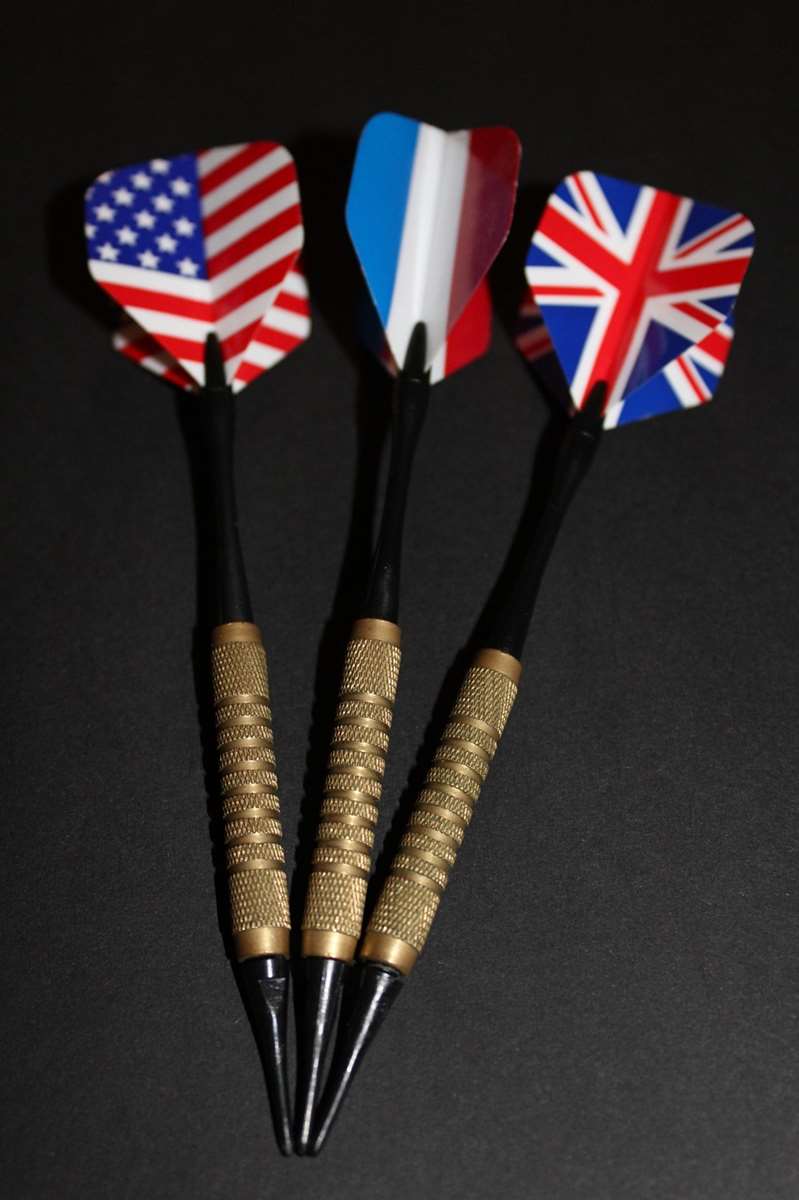
Soundproofing Your Dartboard Cabinet
In addition to mounting techniques, you can further improve **dartboard cabinet acoustics** by soundproofing the cabinet itself. This involves adding materials to absorb sound and dampen vibrations.
Applying Sound Dampening Sheets
Line the interior of the dartboard cabinet with sound-dampening sheets. These sheets are typically made of dense, viscoelastic materials that absorb sound energy and reduce vibration. These are often self-adhesive, making them easy to apply. Look for materials specifically designed for soundproofing applications.
Adding Mass Loaded Vinyl (MLV)
MLV is a heavy, dense material that is highly effective at blocking sound transmission. Cut MLV to fit the interior surfaces of the cabinet and attach it using construction adhesive or staples. This will add significant mass to the cabinet, making it more difficult for sound to escape.
Using Acoustic Foam
Acoustic foam is designed to absorb sound waves, reducing reverberation and echo within the cabinet. While not as effective as MLV at blocking sound transmission, it can help to improve the overall sound quality. Apply acoustic foam to the interior walls and door of the cabinet.
Remember to consider ventilation when soundproofing. You don’t want to trap moisture inside the cabinet, which could damage the dartboard. Small ventilation holes can help to prevent this. This is especially true when you are Considering Premium Darts Worth It as you improve your dart game!
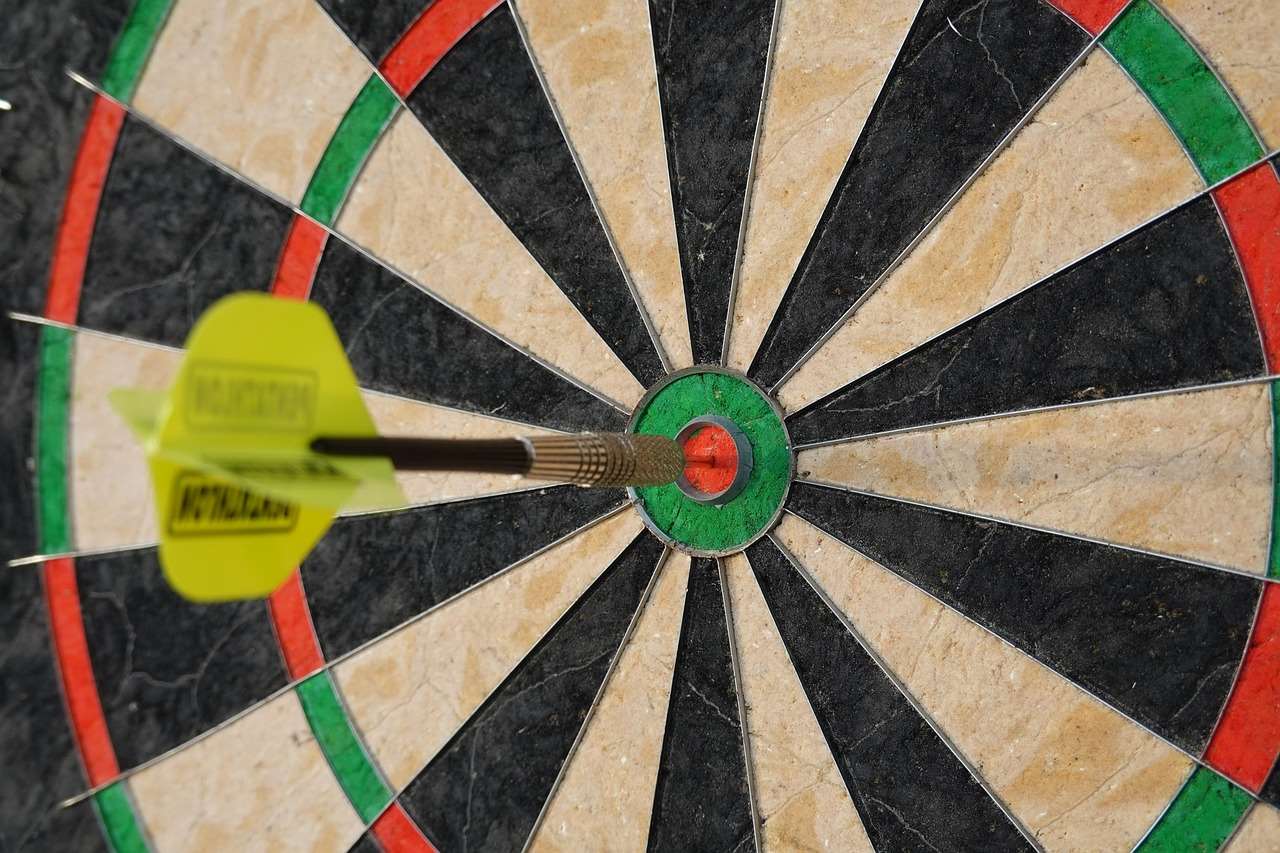
Selecting the Right Dartboard: Impact on Dartboard Cabinet Acoustics
The type of dartboard you choose can also affect the noise level. Sisal dartboards are generally quieter than electronic dartboards, which often have hard plastic surfaces that produce a louder impact sound. Additionally, the construction and density of the sisal can influence sound absorption.
Sisal Dartboards vs. Electronic Dartboards
Sisal dartboards are made from tightly packed fibers of the sisal plant. This natural material absorbs the impact of the darts, resulting in a quieter sound. Electronic dartboards, on the other hand, typically have a hard plastic playing surface. This surface produces a much louder “clack” when the darts hit it. If noise is a major concern, a sisal dartboard is generally the better choice.
Dartboard Thickness and Density
A thicker, denser sisal dartboard will generally be quieter than a thinner, less dense one. The increased mass and density provide more resistance to vibration, reducing the amount of noise that is transmitted to the wall. Look for dartboards with a high sisal density rating.
Replacing Worn Dartboards
As a dartboard ages and becomes worn, the sisal fibers can become loose and compressed. This can lead to a louder, more “splintery” sound when the darts hit. Replacing a worn dartboard with a new one can significantly reduce the noise level. It’s all part of a well thought out Investing In Premium Dart Equipment strategy.
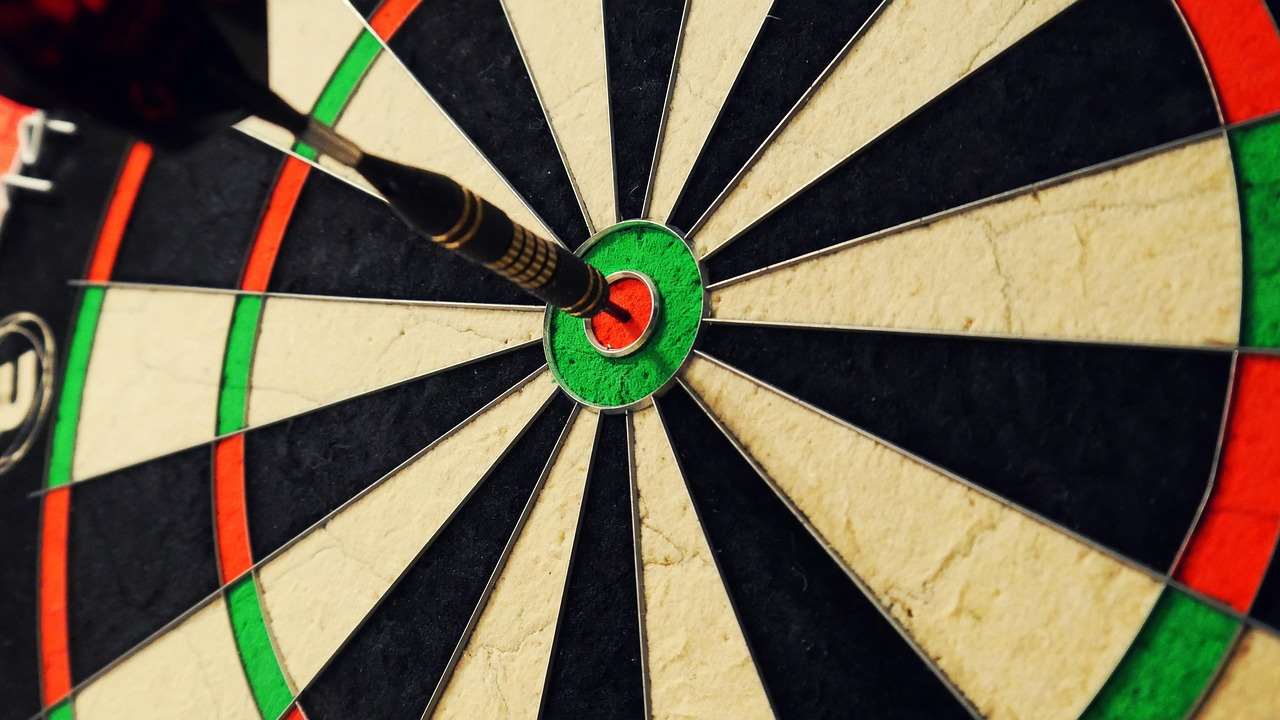
Minimizing Dart Noise: It’s Not Just the Cabinet!
While we’ve focused primarily on the cabinet and mounting, the darts themselves play a role in the overall **Dartboard Cabinet Acoustics**. Soft-tip darts are inherently quieter than steel-tip darts due to the plastic tip absorbing some of the impact. Also, the weight of the dart can influence the sound – heavier darts tend to produce a duller thud, while lighter darts might create a sharper sound.
Choosing Dart Materials
The material of the dart barrel can also affect the sound. Tungsten darts, being denser than brass darts, may produce a slightly different sound upon impact. Experimenting with different dart materials can help you find a combination that minimizes noise. For example, ensure you are buying the Buying Guide Budget Premium Dart Sets that helps reduce the impact sound. Be conscious of how the materials contribute to the acoustics.
Dart Maintenance and Tuning
Loose flights or damaged points can cause unwanted vibrations and noise. Regularly check your darts for any loose parts and tighten them as needed. Replacing worn points can also help to reduce noise and improve accuracy.
Additional Tips for Improving Dartboard Cabinet Acoustics
Here are some additional tips to help you achieve the best possible **dartboard cabinet acoustics**:
- Room Acoustics: Consider the acoustics of the room itself. Hard surfaces like bare walls and floors can reflect sound, making the room seem louder. Adding soft furnishings like carpets, curtains, and upholstered furniture can help to absorb sound and reduce reverberation.
- Dartboard Placement: Avoid placing the dartboard cabinet in a corner, as this can amplify the sound. A central location on a wall is generally the best option.
- Communicate with Neighbors: If you live in an apartment or close to neighbors, consider having a conversation with them about your dart playing. This can help to avoid any potential conflicts and may even lead to them offering suggestions for improving the soundproofing.
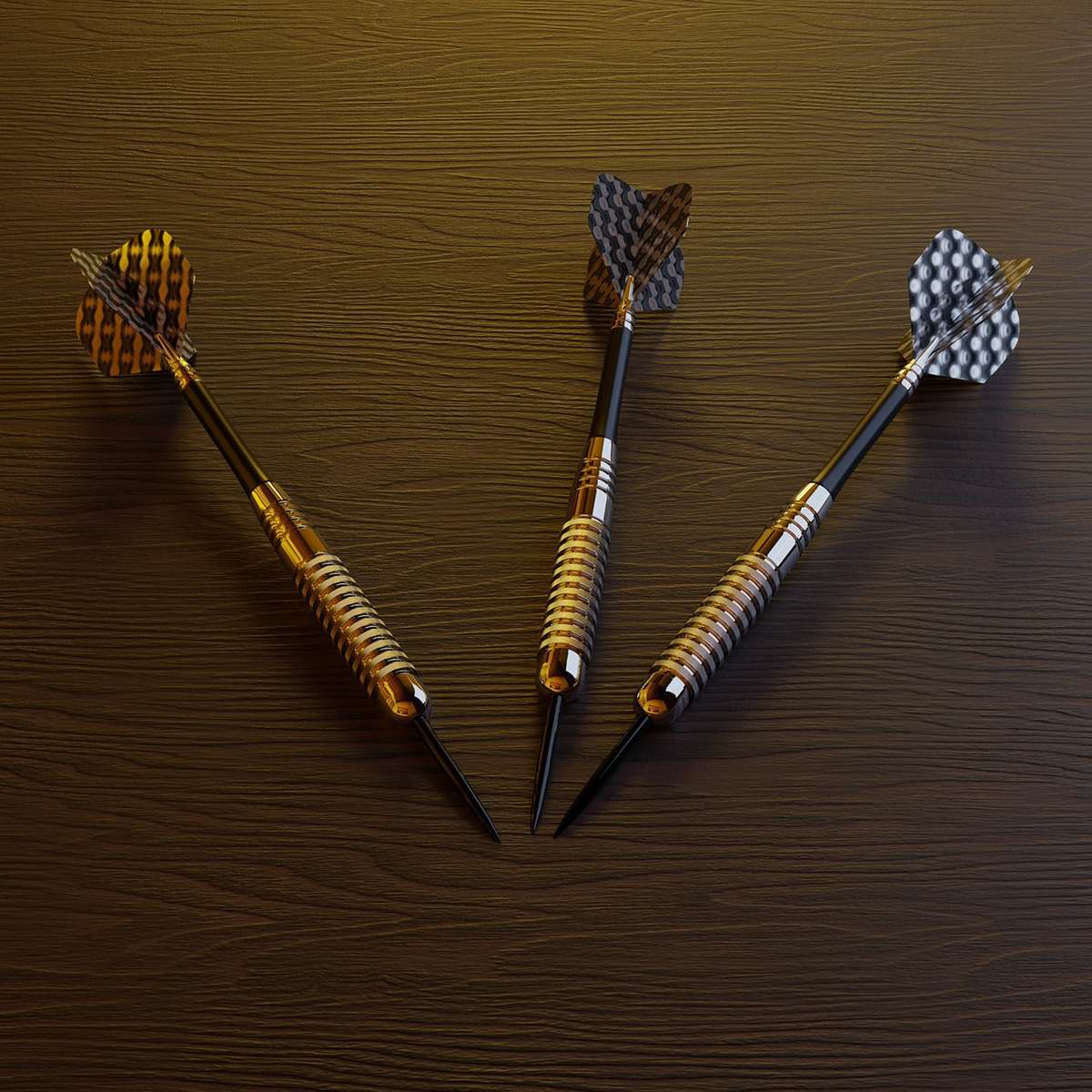
Conclusion: Enjoy Your Dart Game in Peace
Optimizing **Dartboard Cabinet Acoustics** is a multi-faceted process that involves understanding the sources of noise, implementing effective mounting techniques, soundproofing the cabinet, and selecting the right dartboard and darts. By following the tips and strategies outlined in this article, you can significantly reduce the noise level and enjoy your dart game in peace. Don’t let noise ruin your enjoyment – take control of your dartboard setup and create a quieter, more enjoyable playing environment. Start by examining your current setup and identifying areas where you can make improvements. Consider the mounting, the cabinet itself, and even the type of darts you use. With a little effort, you can transform your dart playing experience and enjoy countless hours of fun without disturbing anyone. Take action today and reclaim your peace of mind!
Hi, I’m Dieter, and I created Dartcounter (Dartcounterapp.com). My motivation wasn’t being a darts expert – quite the opposite! When I first started playing, I loved the game but found keeping accurate scores and tracking stats difficult and distracting.
I figured I couldn’t be the only one struggling with this. So, I decided to build a solution: an easy-to-use application that everyone, no matter their experience level, could use to manage scoring effortlessly.
My goal for Dartcounter was simple: let the app handle the numbers – the scoring, the averages, the stats, even checkout suggestions – so players could focus purely on their throw and enjoying the game. It began as a way to solve my own beginner’s problem, and I’m thrilled it has grown into a helpful tool for the wider darts community.